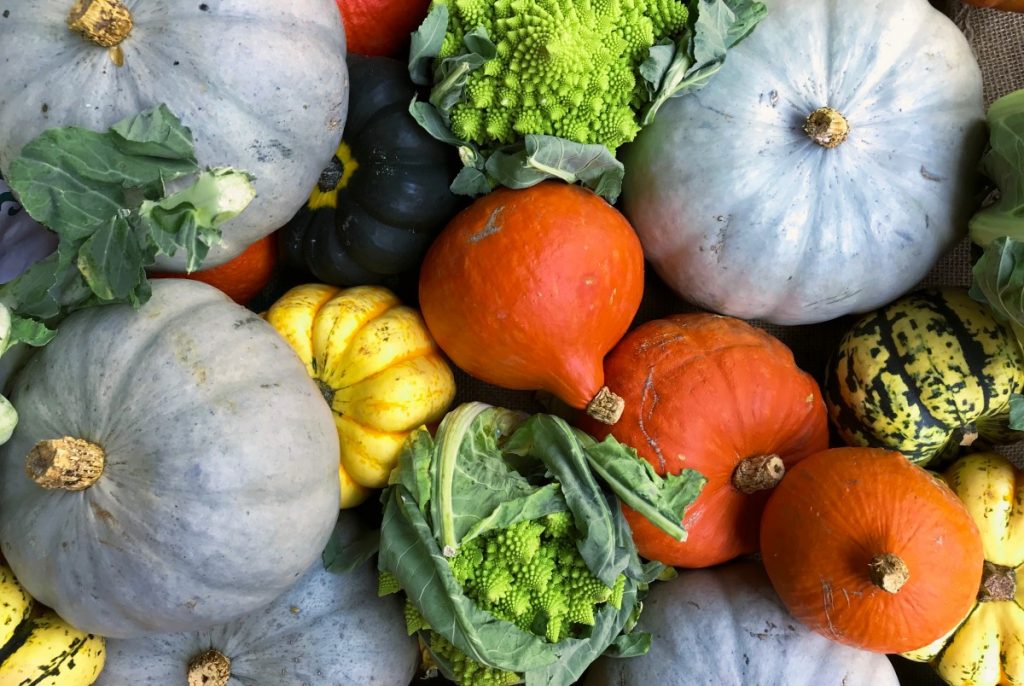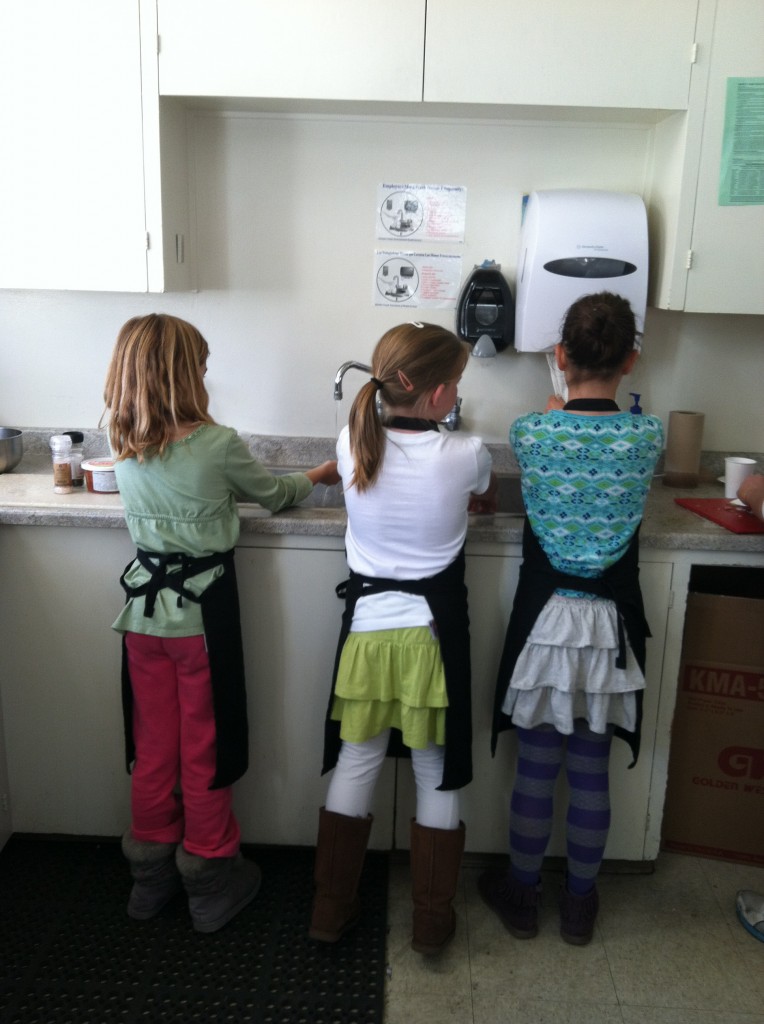I would love to make this trip across the country interviewing kids again to see if the answers to the below questions are similar.
How we began
Kids are much more intuitive and wise than most adults give them credit for. We knew that we could learn a lot from the kids themselves and that we needed to chat with as many kids as possible if we were going to create a program to assist with the health crisis our kids are facing. It was Patty’s experience teaching her own children, and the kids at her cooking school, that if they are part of the process, they are much more likely to be part of the solution. In this case the process is education and the solution is improved health leading to a healthier, happier, more productive life.
In the fall of 2009, Patty founded a non-profit then called Shine The Light On America’s Kids, as the data she was about to collect was from kids in the United States. She spent most of 2010 traveling the United States interviewing kids from all walks of life about their health. The data was collected and subsequently analyzed by Sonoma State University, and the ‘America’s ‘ was dropped as the programs being developed were for all kids. Eventually, the name was changed to DirectionFive Health, because there are five programs and it’s a whole new direction—a fifth direction— as these programs were based on what the kids wanted to learn, not what adults think they want to learn.
The Data
The videotaped interview questions and answers:
What does health mean to you?
56.8% of the kids said health is how they felt physically, 14.8 percent of the kids said health was being both physically and mentally healthy, 20.5% weren’t sure what being healthy meant exactly, 3.4% thought health was being healthy mentally.
Do you think you are healthy? If yes, why? If not, why not?
77.8% of the kids said, yes, they were healthy, 7.8 % said no, they weren’t healthy, and 14.4% said they were ‘sort of’ healthy. The not-healthy kids blamed the consumption of junk food.
Is your family healthy? Do you think they have healthy habits?
80.2% of the kids said that their family was healthy, 11.6% said their families were not healthy and 8.1% didn’t know if their family was or was not healthy. 78.9% of the kids said that their family did have healthy habits, 15.8% said they did not and 5.3% weren’t sure.
One note about these statistics is that some of the kids told me after the interview that their families were not healthy and didn’t have healthy habits, but they didn’t want to say that earlier because their parents would be angry with them. By far this question was the most discussed question after the interview.
How do you know what food is healthy and what is not?
29.8% of the kids said they went by ingredients, 2.4% went by how food made them feel, 9.5 % said they looked at preparation to decide, 34.5% looked at the kind of food (vegetables were almost always healthy, as an example), 14.3% looked at other things, like if their Mom bought it for them, it must be healthy-I heard that one quite a bit) and 9.5% didn’t know.
Are you ever hungry because your family does not have enough to eat?
10.7% of the kids said yes, 79.8% said no and 9.5% of the kids said sometimes they were hungry.
Do you know how to read the nutritional value label on your food? If no, would you like to learn?
91.6% of kids had noticed the food labels on packaged foods, 8.4% had not. 65.4% of kids knew how to read them, 32.1% did not, and 2.5% knew a few things. 32.4% of kids learned about food labels at school, 29.7% learned by a family member, 24.3% were self-taught, and 13.5% learned from someone else. 73.1% of the kids wanted to learn more about food labels, 22.4% did not, and 4.5% said they wanted to know more later in life, or else, they wanted to know only one or two items. 81.8% of kids said that is they really understood food labels they would be healthier, 12.7 did not think they’d be healthier, and 5.5% weren’t sure.
What foods give you the best energy?
42.4% of kids said fruit, with an apple being by far the first choice, 8.2% said some sort of vegetable with carrots being the leader, 5.9% said protein helped them (eggs, steak), 16.5% had a combination answer, with fruit being part of that combination most times, 9.4% didn’t know, and 17.6% had widely varied answers (granola, chips, etc., not all junk however)
Do you think your diet affects your grades?
47.0% of kids said yes, their diet affects their grades, 45.8% said it did not, and 7.2 weren’t sure.
Is there something you really love to do, a passion? Do you think you could do that if you weren’t healthy?
38.4% of kids said that some sort of sport was their passion, 22.1% said other physical activities such as dancing, horseback riding, etc., was their passion, and 8.1% didn’t have anything they were passionate about.
Do you exercise? How often?
90.7% of kids said that they exercised, 5.8% said they did not, and 3.5% had varied responses. 45.3% of kids exercised everyday, 1.3% said six days per week, 12.0% said five days per week, 10.7% said four days per week, 8.0% said three days per week, 9.3% said two days per week, 8.0% said one day per week, and 5.3% were ‘other.’
Do you think P.E. should be mandatory in schools?
92.0% of kids said that Physical education (P.E.) should be mandatory in schools. 2.3% said no it should not be mandatory, and 5.7% said other. Sometimes I heard from kids that if they were on sports teams, they should not have to do P.E. as well.
Do you think the food you eat affects your how you feel; your mood?
54.5% of kids thought that the food they eat affects their mood, 35.2% said food did not affect their mood, and 10.2% said ‘other.’ Sometimes, ‘other’ meant only one certain food, as an example.
Do you know how to cook? What can you cook?
74.2% of kids said they knew how to cook, 18.0% said they did not, and 7.9% were in the ‘other’ category, meaning perhaps they could cook one thing. Of these, 26.8% knew how to cook some sort of breakfast food, 15.5% said lunch, 14.1% said dinner, 18.3 said ‘other,’ meaning perhaps they could put milk on cereal, and 25.4% of kids said they knew how to cook ‘everything,’ meaning something for each meal. 85.4% of kids wanted to learn how to cook more things, 8.3% did not, and 6.3% said ‘other,’ which usually meant they wanted to learn how to prepare one certain thing, generally something, ‘fancy.’
Do you eat at a table? With whom?
88.8% said they ate dinner at a table, 6.7% did not, and 4.5% said once in a while or ‘other.’ 90.5% ate dinner with parent(s) or family member, 4.8 % ate without parents, 3.6% ate alone, and 1.2% was ‘other.’
Do you understand how your body works? If not, would you like to learn? Do you think you would you be healthier if you understood?
65.1% did know how their body works, 20.9 % did not know, 14.0 were in the ‘other’ category, generally meaning, they knew a few things. 93.5% learned about their bodies at school, 6.5% learned from family. 82.5% of kids said they thought they’d be healthier if they understood more about their body function, 17.5% said they wouldn’t be healthier if they knew more.
Did you have breakfast today?
91.5% did have breakfast, 8.5% did not.
What vegetables did you eat yesterday?
76.3% of kids had some sort of vegetable, 23.8% did not have any vegetables. As an aside, sometimes that vegetable was simply a piece of lettuce on a sandwich. The vast majority of kids did not come close to consuming enough vegetables.
Do you think that where you live affects your health? Why?
62.1 of kids said yes, 33.3% said no and 4.6% weren’t sure. The answers were varied; the kids who lived in the country said country was healthier because they had better water and air and less trash, as well as less access to junk food. City kids said they had more choices for healthy food, but that air, water and again, trash, were problems. Some kids in both city or country, were concerned about secondhand smoke.
Are you concerned about the affordability of your food?
36.1% of kids were concerned about the cost of food, 51.8% were not concerned and 12.0% of kids said sometimes they were worried.
Do you think the Earth’s health affects your health?
85.1% of kids thought there was a correlation between the Earth’s health and their personal health, 14.9% of kids didn’t think there was a correlation.
Are you concerned about the safety of your food and water?
68.8% of kids were concerned about the safety of their food and water, 23.8% were not concerned, and 7.5% of kids were in the ‘other’ category, generally meaning, sometimes.
How many hours of sleep to you get a night?
91.6% of kids said they got enough sleep, meaning at least 8 hours a night and they felt rested, 8.4% said they didn’t get enough sleep and were not rested. Of those, stress was the most common answer.
Is religion or spiritual practice a part of you and your family’s life?
62.2% of kids said that yes, some sort of religious practice was part of their lives, 37.8% said not it was not.
Do you know where does your food come from? How it is processed?
36.4% of kids knew where their food came from and how it was processed, 59.7% did not know, and 3.9% of kids said ‘other’ often times they knew where an item or two came from. 69.2% of kids wanted to know where their food came from, 25.0% did now want to know, and 5.8% were in the ‘other’ category, generally meaning they weren’t sure.
Do you have a garden or have you or your family grown or raised any of your own food?
59.0% had grown some of their own food, 39.7% had not, and 1.3% said ‘other.’
What is the weirdest food you have ever eaten?
This question was just to end on a fun note. One boy said ants after watching the Jungle Book; one girl, who was Hispanic, said Chicken Alfredo because she had never seen white food; one Native American boy said scorpions with his Grandpa, who had cut the stingers off for him. The answers were really varied.
Interesting, isn’t it?
This was my home for almost a year. Another big doggie joined me, Patch, who now lives in my memory. Wilma, pictured on her pink heart blanket, still sleeps on the same blanket–she’s just has white sprinkles now.:)










